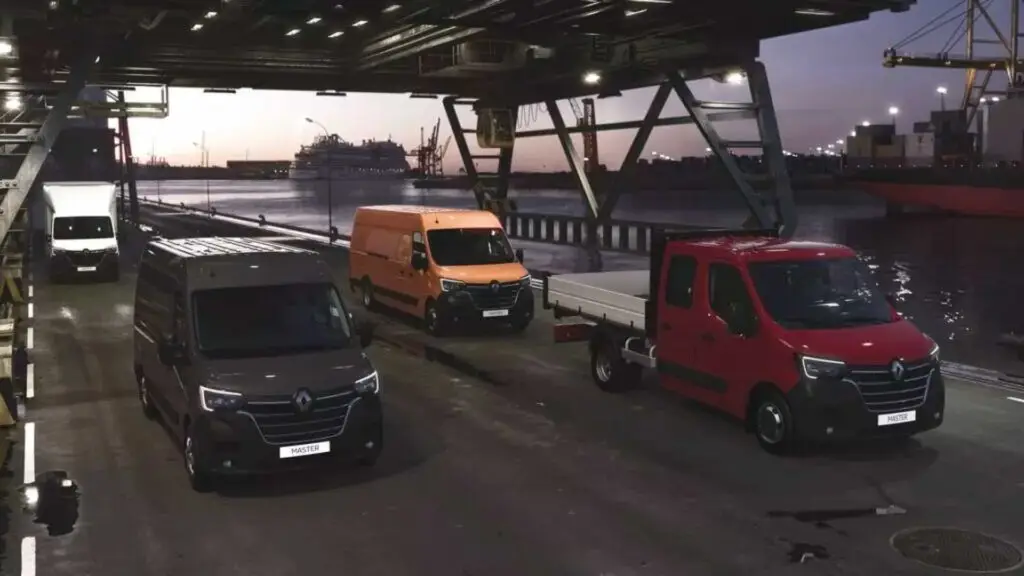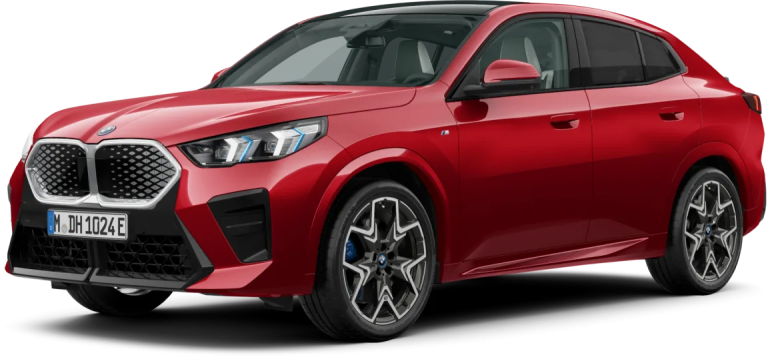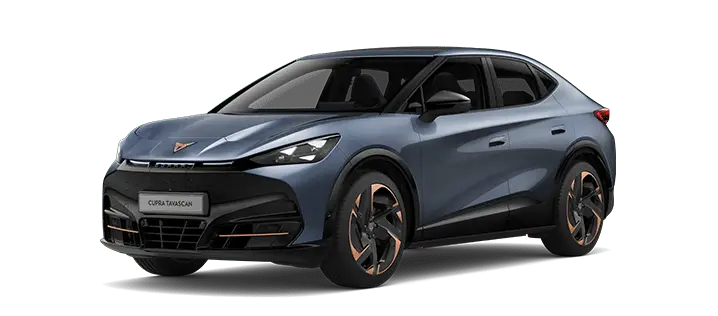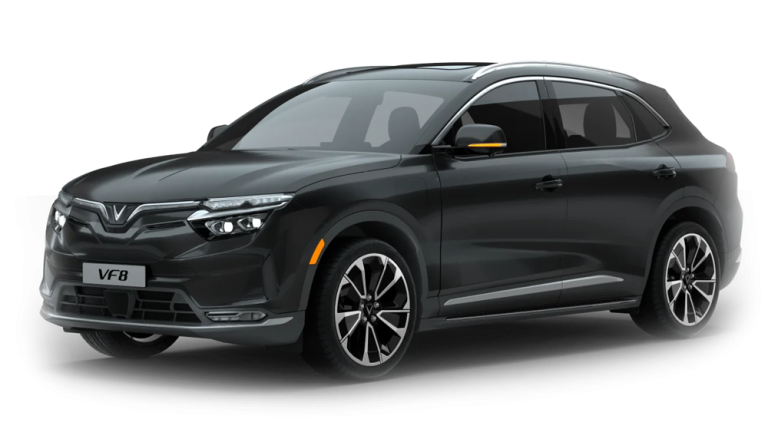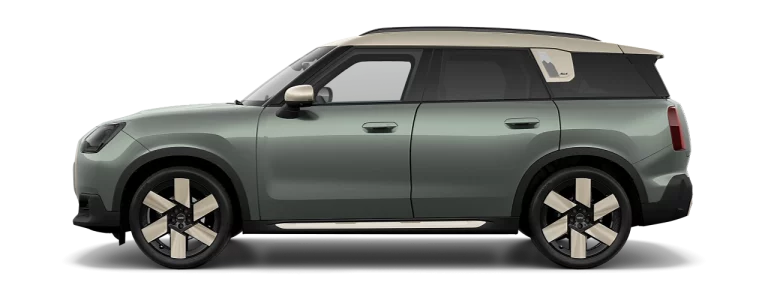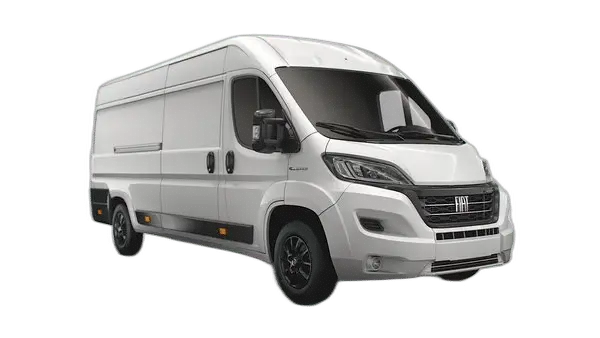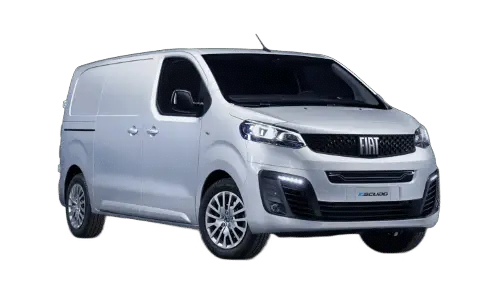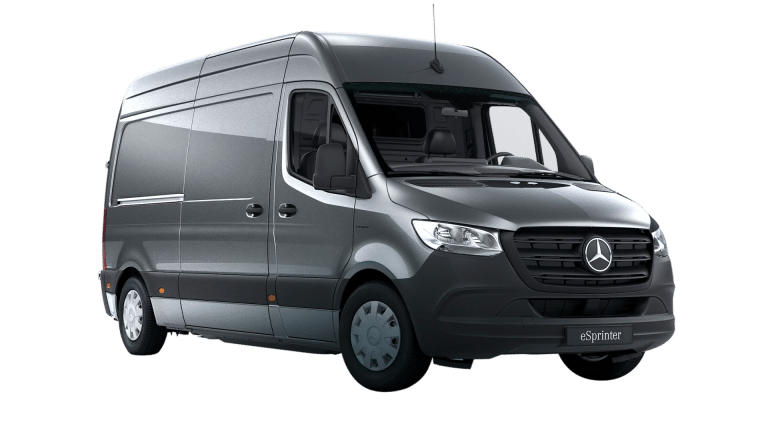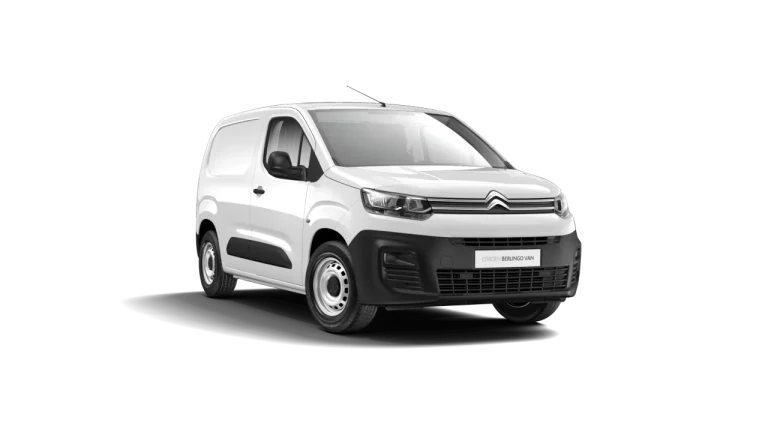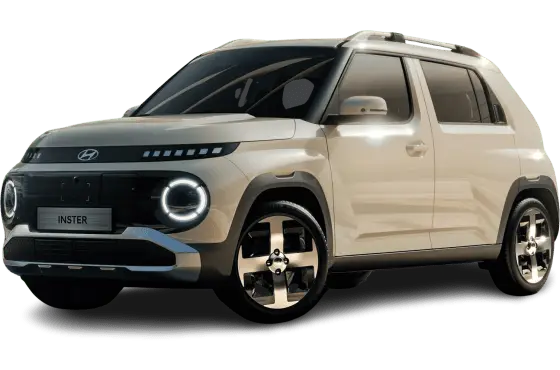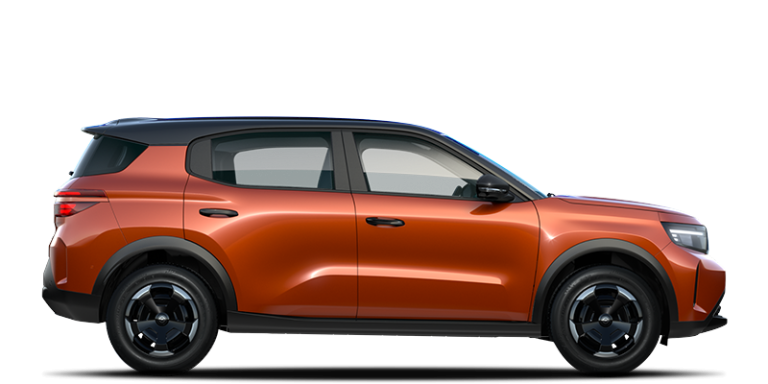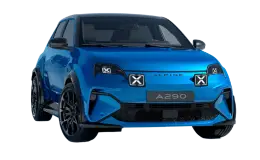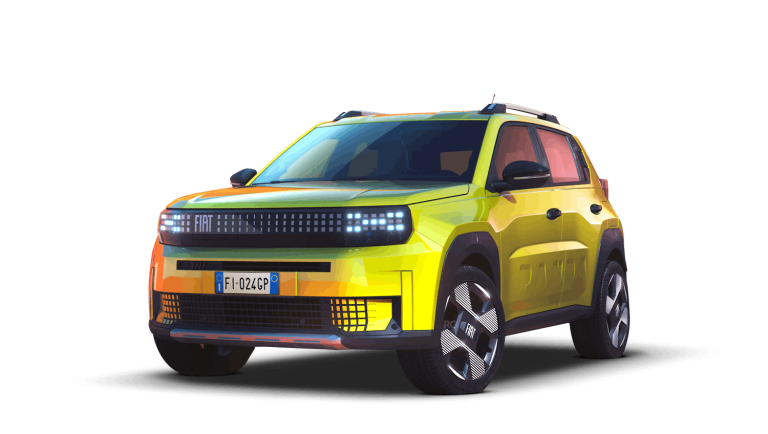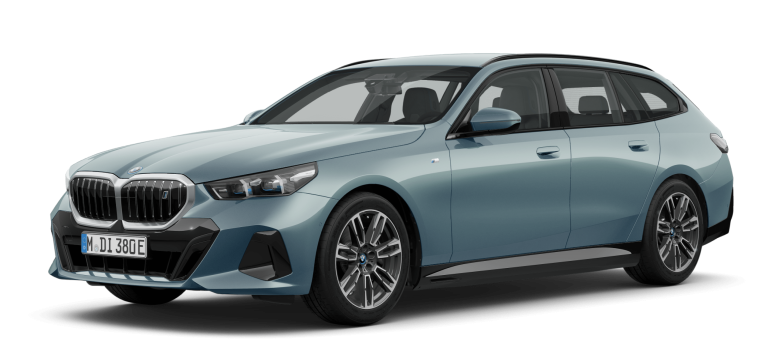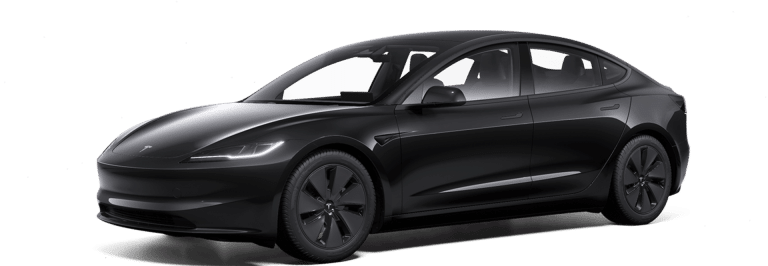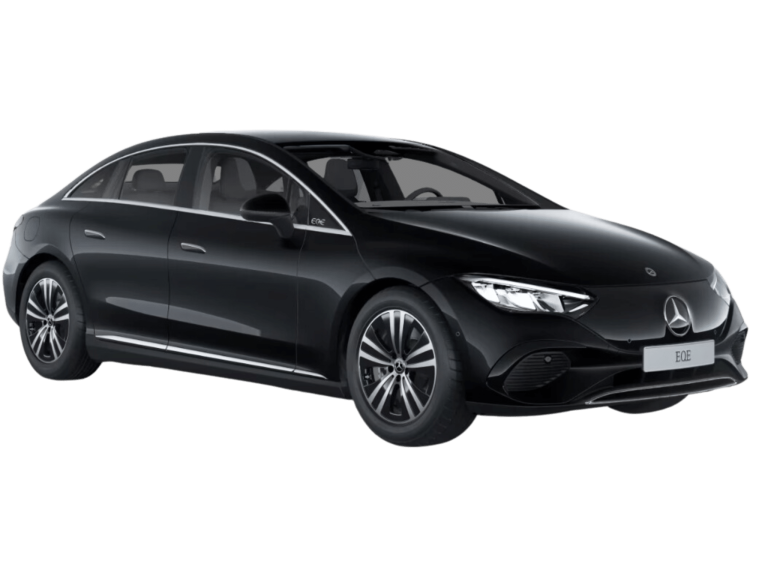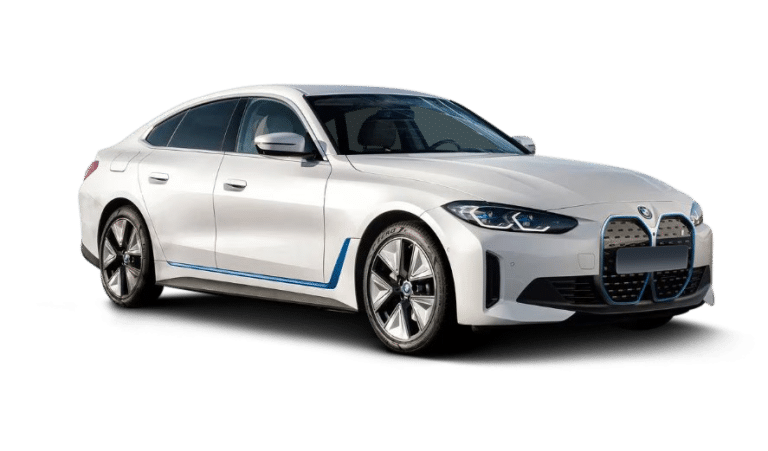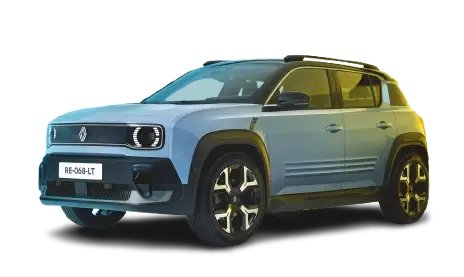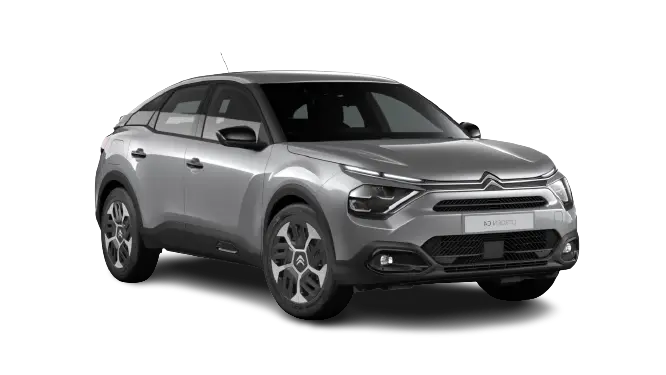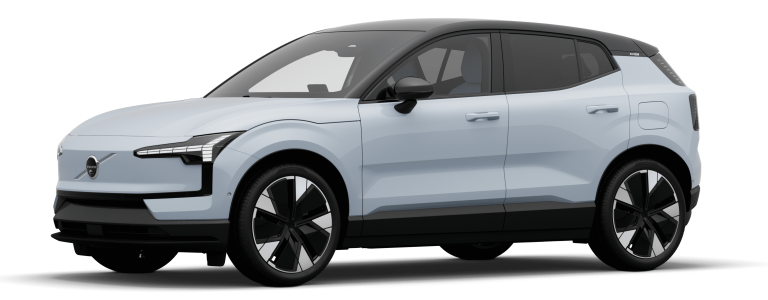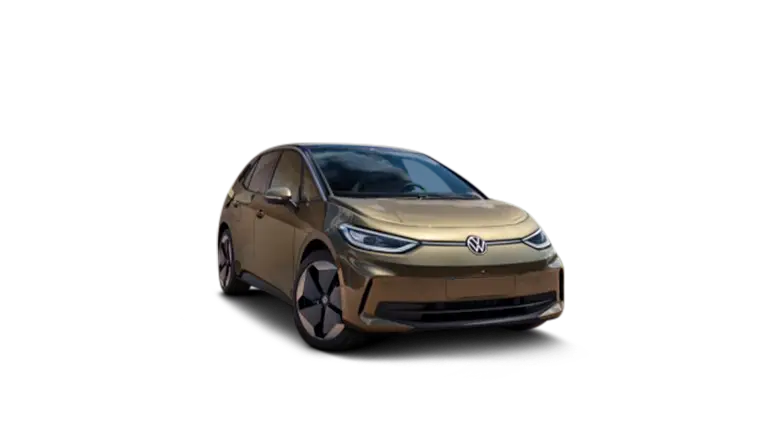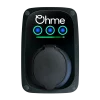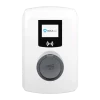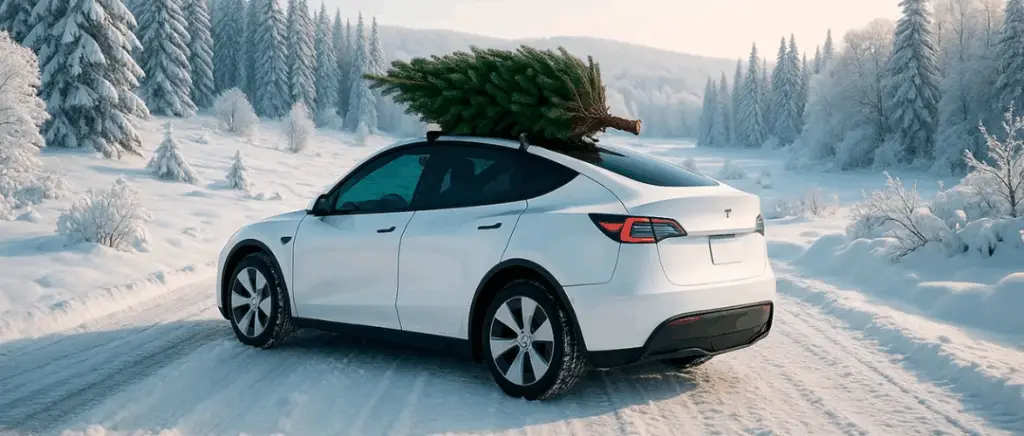Monday to Friday 9am - 12.30pm - 2pm - 7pm
Criteria for choosing an electric van
Before looking at the models available on the market, we're going to take a step-by-step look at how to identify your needs as precisely as possible so as to narrow down the list of possible vehicles to the essentials.
Understanding your needs
What you do affects how you use your vehicle. So it's vital to clearly define your needs. This will enable you to narrow down the models that are right for you.
Ask yourself the following questions:
- What vehicle do I currently own?
- How far should I drive my commercial vehicle per day: short distances (less than 100 km/day), medium or long (less than 200 km)?
- What type of load should I carry?
- Will I need any special fittings for my vehicle?
The first question may seem trivial, but most internal combustion vehicles have electric counterparts. If this is not the case, there are certainly equivalents. As for the other questions, the answers will help you identify an electric analogue.
Read also : Fleet and electric vehicles: why and how to speed up the transition?
Selection criteria
NISSAN Leaf
The type of journey you make on a daily basis is crucial in determining the rightautonomy of your future vehicle.
In general, when it comes to vans, daily range requirements are around 100 km. This is the main obstacle to converting a fleet to electric power, according to thee Ouest France newspaper.
Drivers ofelectric vans travel an average of a hundred kilometres a day. This need is matched by the range of electric vehicles on offer. All the models on the market offer a range of over 100 km, which is compatible with the average journeys made by tradespeople.
Dimensions
Determined by both the type of goods transported and their utility, the dimensions of combustion-powered commercial vehicles are the same as those of their electric counterparts.
When you compare models with the manufacturers, a note regularly appears: "LH".
This designation is used for each van, and the volume may vary depending on the model and therefore the manufacturer. The aim is to give an order of magnitude of the dimensions according to requirements and thus differentiate between the versions in the same range.
- L means length
- H means height
This name is followed by a number from one to three. For a van, the higher the number, the larger the size.
For a cabin floorThe greater the length, the greater the volume is likely to be.
We'll explain the reasons for this difference in more detail.
Volume and finishes
This is the most decisive criterion, and there are different models on the market: from 3.5 m³ to 20 m³ depending on the make, model and layout.
The goods being transported and the distance to be covered are essential when choosing an electric van. There are two possible versions:
- The van : the goods do not require any special precautions and are not very bulky. For example, the Renault Master ZE, available in four sizes: L1H1, L1H2, L2H2, L3H2
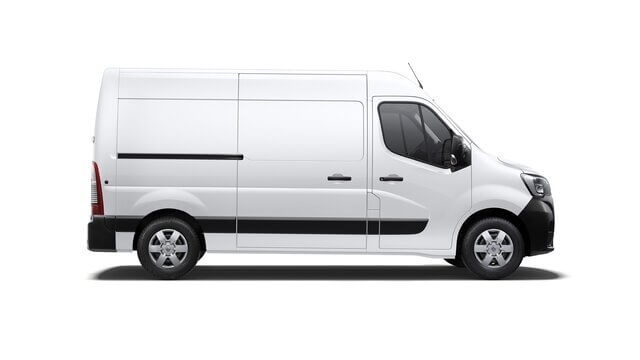
- Cabin floor The goods require special fittings and a large volume (from 13 m³). This is the case when meat or frozen products are transported in this type of vehicle (this example also requires the fitting of a cab and a refrigeration unit). The Renault Master ZE, floor cab version before conversion.
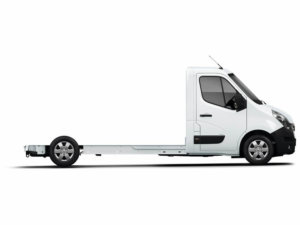
Example: ret's take the case of a Renault Master, the best-selling electric van in France: available in two versions, three lengths and two heights.
- In the van version, L1H1 represents the smallest volume, while L3H2 represents the largest (L3H3 does not exist for this model). The Renault Master is available in four sizes: L1H1, L1H2, L2H2, L3H2.
- In the floor cab version: the greater the length and the greater the volume, L1H1 is always the smallest, while L3H1 is the largest. It is available in two sizes: L2H1 and L3H1.
| L1 | L2 | L3 | |
|---|---|---|---|
|
H1
|
8 m³ |
13 m³ |
ST |
|
H2
|
8.5 m³ |
9 m³ |
10.8 m³ |
|
H3
|
-
|
-
|
-
|
Choosing the right model for my business
There are several models on the market, depending on the activity of each professional.
We've sorted electric vans by volume, distinguishing three categories of vehicle: small, medium and large.
Small electric vans (< 4 m³)
Small vans have a volume of less than 4m3 and are small two-seater vans.
| Modèle | Dimensions | Autonomie | Volumétrie | Prix (HT) |
|---|---|---|---|---|
|
Renault Kangoo ZE
|
L1H1
|
130 km
|
3.5 m³
|
23 000 €
|
|
Peugeot e-Partner
|
L1H1
|
170 km
|
3.7 m³
|
25 000 €
|
Their range is sufficient for a day's activity with a concentrated radius of action. This is the case for parcel delivery and tradesmen such as plumbers, electricians, etc.
Medium-sized electric vans (< 5 m3)
| Modèle | Dimensions | Autonomie | Volumétrie | Prix (HT) |
|---|---|---|---|---|
|
Renault Kangoo Maxi
|
L2H1
|
130 km
|
4.6 m³
|
27 000 €*
|
|
Nissan e-NV200
|
L2H1
|
200 km
|
4.2 m³
|
32 990 €**
|
*À From €23,000 in the case of a lease of battery
** ÀFrom €27,000 for a battery lease
Medium-sized electric vans have a volume greater than 4 m3 and less than 8 m3.
These are vans whose length and/or height are greater than those of the utilities of small size. This type of vehicle is popular for florists and other craft businesses that require more space.
Large electric vans (>5m3)
| Modèle | Dimensions | Autonomie | Volumétrie | Prix (HT) |
|---|---|---|---|---|
|
Nissan e-NV200
|
L3H2
|
200 km
|
8 m³
|
43 590 €
|
|
Renault Master ZE
|
L1H1 L1H2 L2H2 L3H2 L2H1 L3H1 |
120 km
|
8 m³ |
46 100 €
|
|
Man e-TGE
|
L3H3
|
170 km
|
11 m³
|
55 000 €
|
|
Volkswagen e-Crafter
|
L3H3
|
170 km
|
10.7 m³
|
56 000 €
|
Large electric vans are those with a volume of over 5m3.
Range is generally shorter: the greater the volume, the greater the impact on the battery. The price is considerably higher for this type of vehicle.
In demand by professionals for last-mile activities, they sometimes require special fittings to be able to carry out their activity.
For example, with a refrigeration unit and a refrigerated body: they are more inclined towards large volumes of over 8m3 because the fittings reduce the surface area of the useful volume by around 1m3 depending on the layout.
Read also : What's the best electric van on the market?
The vehicle electric van is now an opportunity for professionals, because of the changing regulations. By 2024, companies with fleets of more than 100 vehicles will have to meet a quota of 20 % of clean passenger cars and light commercial vehicles. The aim is for this quota to reach half of all fleets of all businesses by 2050.
In addition to the ecological challenges, there are other issues for companies, such as corporate social responsibility. Corporate Social Responsibility (CSR) and savings in use.
On the one hand, the energy transition contributes to the success of the company's CSR policy.
Driving electric vans makes driving more comfortable for drivers, reducing fatigue at the wheel.
What's more, the savings on running an electric van are considerable, even if they are more expensive to buy.
In terms of parking: parking is free in some towns and cities, such as in Paris.
As far as fuel costs are concerned, for every 100 km driven, the charge will be €2. This compares with €7 for a combustion-powered commercial vehicle.
Finally, the residual value set according to the anticipated demand at the end of the leasing (LOA or LLD) will be affected by the diesel bans in the next four years. In accordance with the LOM ActHowever, there is no guarantee of the residual value of a diesel commercial vehicle after the restrictions have been applied.
